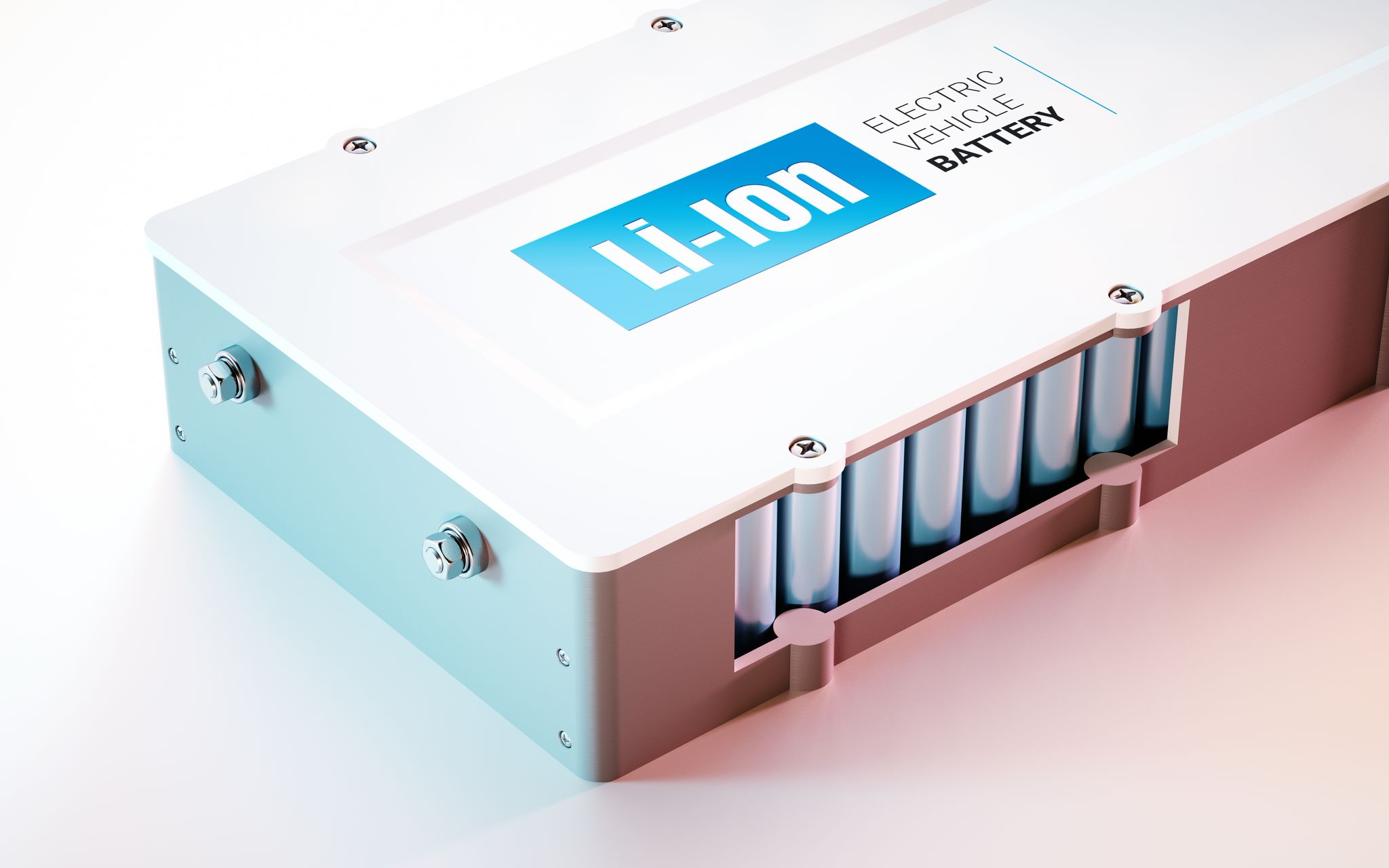The Beginning of the Lithium Battery
For many years, the only suitable battery for portable equipment, such as mobile computing and wireless communications was nickel-cadmium. Pioneer work on the lithium battery began in 1912, however it wasn’t until the 1970s when the first non-rechargeable lithium batteries became commercially accessible.
During the oil crisis of the 1970s, an English chemist named Stanley Whittingham began working on the concept of a new battery that was able to recharge on its own in a timely manner. He hoped that this could lead to fossil fuel-free energy in the future.
Whittingham attempted to use lithium metal and titanium disulfide as the electrodes, however this caused the batteries to short circuit and catch fire, raising safety concerns about the experiment.
In the 1980s, John Goodenough decided to experiment using lithium cobalt oxide as the cathode, doubling the energy potential. This led Akira Yoshino to experiment with using a carbonaceous material, petroleum coke, which led to the finding that the battery was significantly safer without lithium metal. This was the beginning of lithium ion battery development.

Lithium Ion Battery Development
In the 1990s, lithium ion technology began to gain customer acceptance, causing it to become the battery with the fastest-growing popularity. Lithium battery development was first explored because of the safety concerns of lithium metal batteries. Despite being slightly lower in energy density than lithium metal, lithium ion is extremely safe when charged and discharged following specified safety precautions.
Benefits of a Lithium Ion Battery
Lithium is the lightest metal and has the best electrochemical potential with the largest energy density compared to weight. Lithium ion has twice the energy density of nickel-cadmium and there is an opportunity for a higher energy density. Lithium ion batteries have a high cell voltage of 3.6 volts, meaning battery packs can be designed with just one cell, allowing most mobile phones to run on a single cell.
Lithium ion batteries are low maintenance and do not need priming when new, one standard charge is all that is necessary. Lithium ion batteries also have a low self-discharge, less than half the self-discharge of nickel-based batteries. Cells can also be adapted to provide an extremely high current to applications such as power tools.
Lithium ion batteries do not have a memory effect, which is a detrimental process that causes partial charge/discharge cycles to cause a battery to stay at a lower capacity. They also do not contain toxic cadmium which means they can be disposed of easily when compared with Ni-Cd batteries.
Importance of Lithium Ion Batteries at Hiden Analytical
Hiden Analytical is at the forefront of mass spectrometer supply across the UK, with their spectrometers being used for academic, commercial and industrial fields. This has caused them to recognize the influence that lithium ion battery development has had and how lithium ion batteries will play a critical part in future power revolutions. As such, high-tech electrochemical gas analysis systems are provided by Hiden Analytical for the future of lithium ion battery development.
To learn more about our role in lithium ion battery development, contact us.

